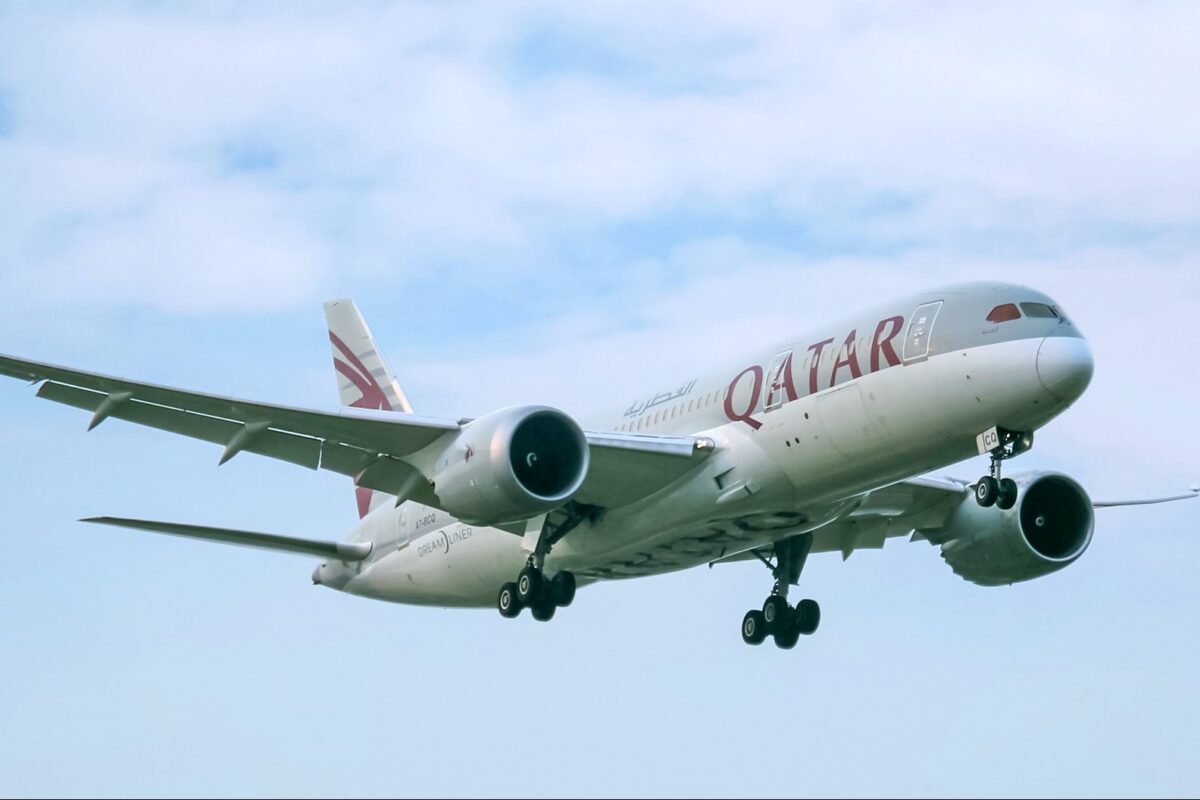FAA’s lax oversight of plane repair shops revealed in government audit
Skift Take
Oversight of aircraft repair stations by U.S. aviation regulators is marred by inspectors who haven’t been trained and a system that can’t identify the areas of highest risk, according to a government audit.
Independent repair shops, used increasingly by airlines trying to cut costs, couldn’t account for tools, document the training of their mechanics and prove work had been done properly, the report by the Transportation Department’s inspector general found today.
The report is the latest by government auditors to raise questions about how the Federal Aviation Administration oversees repair shops in the U.S. and other nations. Inspector General Calvin Scovel and his predecessor raised similar issues in reports in 2003 and 2008.
“FAA’s oversight of foreign and domestic repair stations lacks the rigor needed to identify deficiencies and verify that they have been addressed,” the watchdog said in the report.
The FAA agreed with nine recommendations issued by the Office of the Inspector General and said it was making improvements.
The FAA has a robust oversight system and “is taking action to rectify performance gaps that contributed to the issues identified in the OIG draft report,” H. Clayton Foushee, the director of the agency’s Office of Audit and Evaluation, said in a response included in the report.
The IG report, written by Jeffrey Guzzetti, assistant inspector general for aviation, said the FAA wasn’t going far enough and urged the agency to make additional changes.
Overhauls, tear-downs
The FAA oversees almost 4,800 aircraft repair stations used by U.S. carriers. Those shops perform everything from engine overhauls to complete tear-downs of airplanes.
Airline spending on repairs outside their own maintenance facilities has grown almost threefold, to $4.2 billion in 2011 from $1.5 billion in 1996, according to the report.
While the FAA’s goal has been to focus its safety efforts on the areas of highest risk, the repair station oversight falls short, the report found.
Most of the criteria inspectors review at domestic repair shops aren’t based on risk, according to the report. None of the risk-based criteria are used by the agency in its checks on overseas facilities.
Of 36 inspectors interviewed by the IG, 33 said they didn’t know how to use the agency’s risk-assessment tools because of poor training.
“Over the longer term, FAA is also working to improve the capabilities and performance of the risk-based analytical tools available to inspectors,” Foushee said in the FAA’s response.
‘Systemic deficiencies’
The audit found evidence of “systemic deficiencies” at repair shops that weren’t being detected by the FAA.
Out of 119 randomly selected work orders, the IG found 92 errors. The errors included issues with mechanic training, tools and equipment, and how the maintenance was performed.
At one unidentified facility that repairs engines, mechanics didn’t receive a course in how the airline required work to be performed. Another shop that serviced safety equipment such as life rafts couldn’t locate some tools and hadn’t calibrated others.
“FAA does not have an effective system for accurate and timely risk assessment of foreign and domestic repair stations because of critical weaknesses in its repair station oversight process,” the IG said in the report.
The report comes at a time of record airline safety. There hasn’t been a passenger fatality on a U.S. carrier in more than four years.
Editors: Elizabeth Wasserman and Steve Geimann.
To contact the reporter on this story: Alan Levin in Washington at alevin24@bloomberg.net. To contact the editor responsible for this story: Bernard Kohn at bkohn2@bloomberg.net.
![]()




